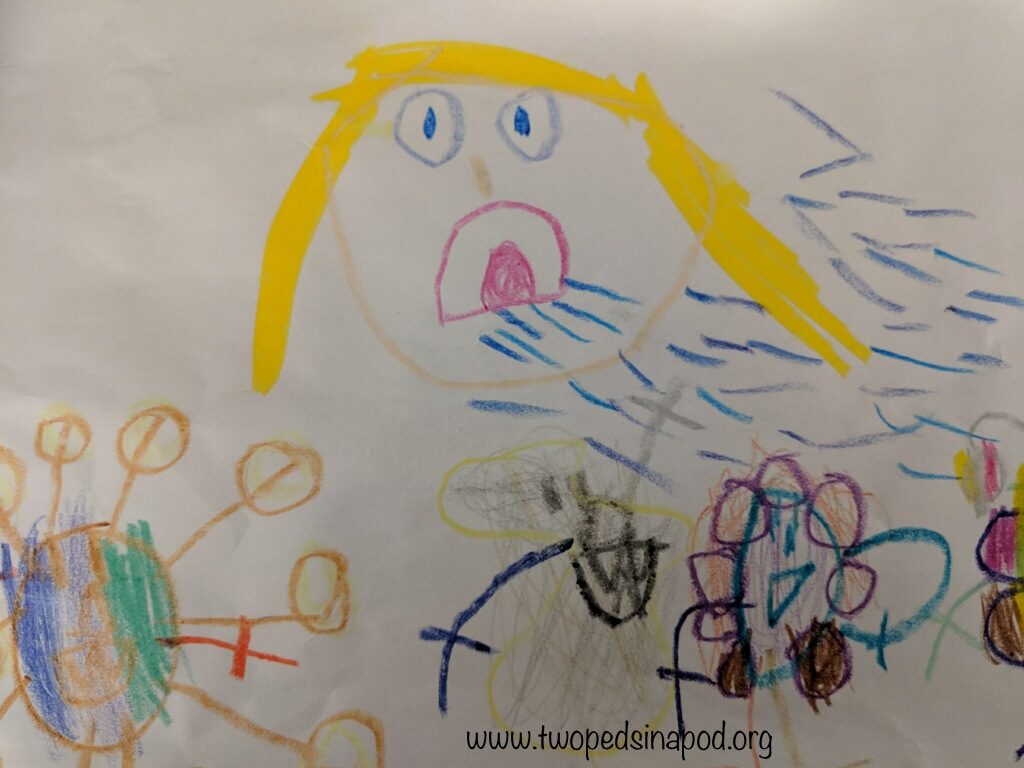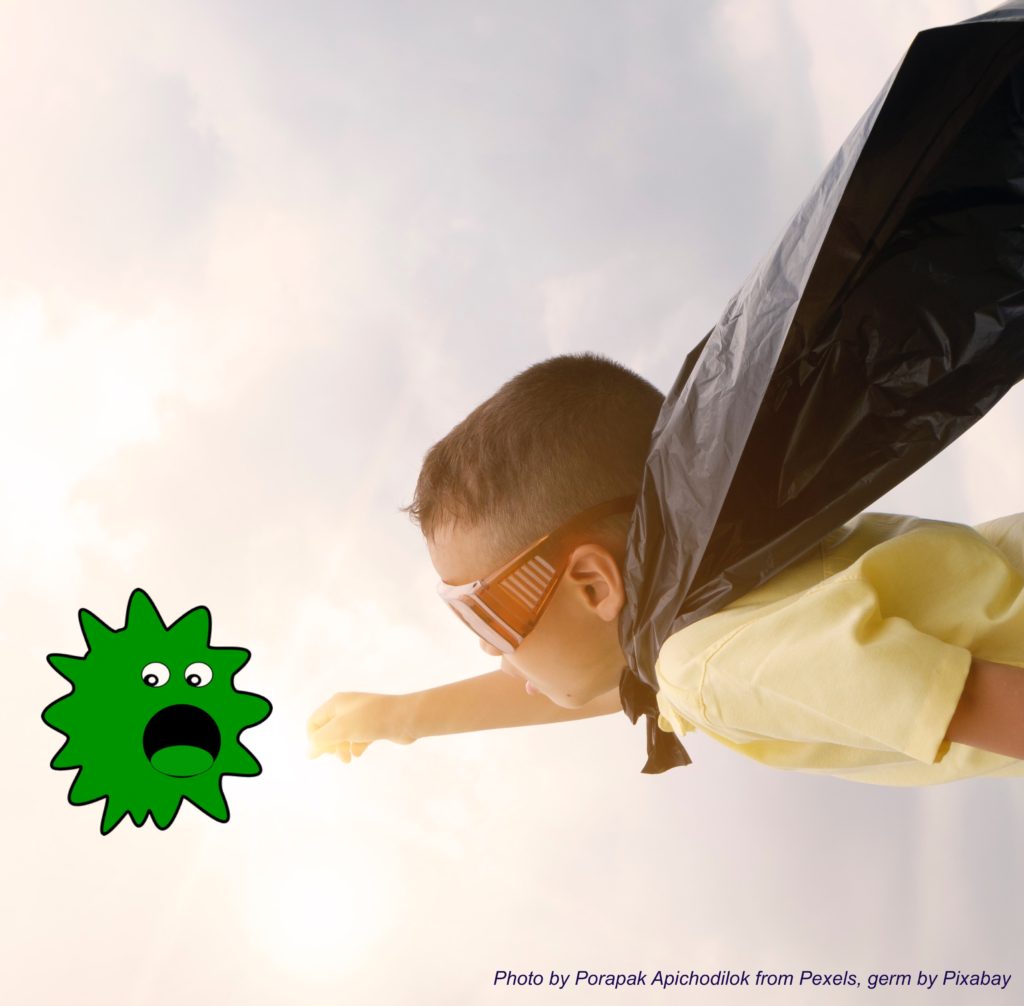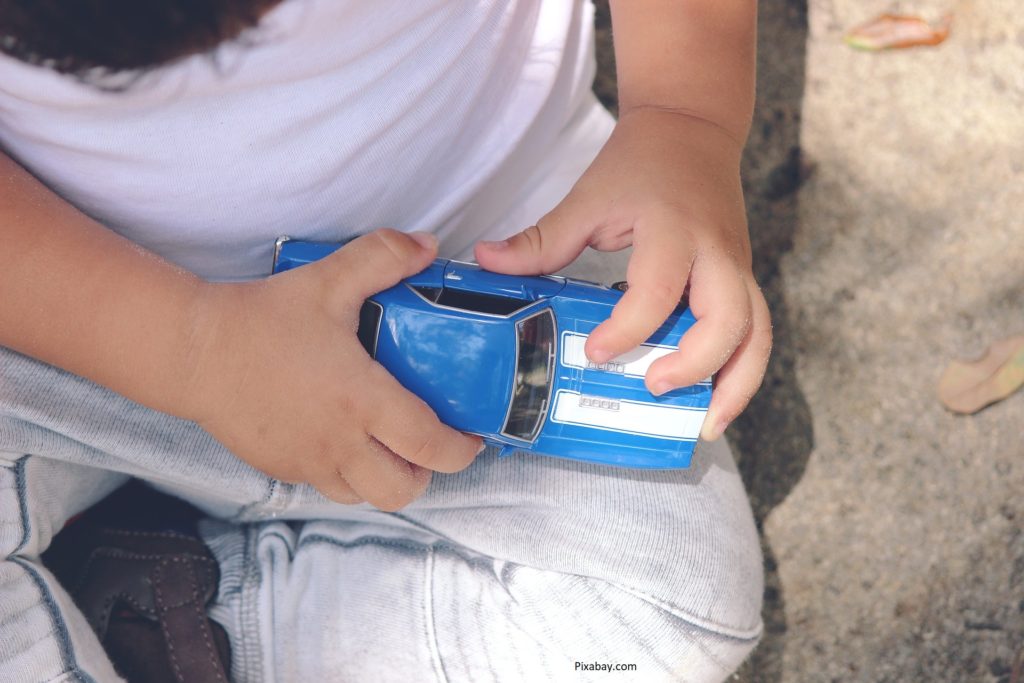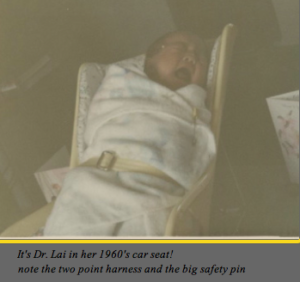What do Rock ‘n Play and socks have in common? They’ve both been recalled this year. Predicting what’s up next:

Whenever we look at the child product recall lists from The Consumer Protection Safety Commission (CPSC), it never fails to amaze us that even big brand names crop up in product recalls for children. Ironically, most are not new-fangled products. Bouncer seats, high chairs, rattles, and bicycle helmets are often amongst the recalls. We figure after decades of baby product manufacturing, designers and production managers would understand what constitutes a potential hazard for kids.
We urge you to scrutinize the kid merchandise in your house and identify the potential hazards before your child ends up as the reason a product is on the CPSC list. In fact, you might have already missed a recall on your older products. According to kidsindanger.org, child product recalls occur a couple of times a week, but when a baby product is recalled, only 10-30 percent are ever retrieved. Because recalls occur AFTER injury or death occurs, it is better if parents assess the safety of child products before a recall.
Here are some common reasons for recalls:
Products fail to adhere to the American Academy of Pediatrics safe sleep guidelines. We know parents of crying young infants are often desperate to get some sleep themselves, but many sleep products are not studied. If it seems too good to be true, it probably isn’t. Infants are not ready developmentally to sleep through the night, so any product that promises to help your infant sleep through the night is, by definition, problematic. An example is the Rock ‘n Play sleeper which was recently recalled. The soft squishy inclined cradles clearly did not adhere to the safe sleep guidelines, but often we heard a parent say, ”But that’s the only place they will sleep.” Unfortunately, this recall does not undo the deaths of the 32 reported babies who died in the sleeper. In the wake of the recall, other companies who make similar sleepers are also recalling their products.
We cringe every time a family tells us they are using a new fangled piece of wrap-around-baby sleep gear or sleeping contraption, because
most involve soft surfaces (not advised), inclined surfaces (not advised) or things-in-the-crib-other-than-your-baby (also not advised).
Choking hazards: Babies and toddlers explore the world by mouthing objects. So drop on your hands and knees and see the world from their perspective. And don’t assume your kid has reached an age when “they should know better.” Ever wonder why many Monopoly game pieces go missing? Or why so many kids visit Emergency Departments after swallowing coins? In the past twenty years, the number of children visiting U.S. emergency rooms for swallowing objects doubled. Anything that can fit into a toilet paper tube (2.5 inches in diameter) is considered a choking hazard. Be aware that the toy may be too large to choke on, but a piece that breaks off may be small enough to choke on. Some great example of poorly thought-out products are teething necklaces made of beads strung together and decorative buttons on baby socks.
Ingestion hazards:
- Magnets might be a fun toy, yet they can stick together after a kid swallows them and erode through any piece of gut trapped between them. In fact, even when a parent is fairly certain that their child ate only one single magnet, we pediatricians know that because magnets can be so dangerous, we will check an X-ray, just in case there are more. After all, even an older kid is sometimes too embarrassed to fess up on the number swallowed.
- Batteries can corrode through the lining of the intestines, constituting an emergency. Check to make sure all battery backings are secure. Particularly problematic are button batteries. They are tiny and easily swallowed.
- Brightly painted wooden toys are beautiful, but they may contain lead paint. So can kid jewelry. Lead poisoning occurs usually through eating or drinking contaminated objects such as lead containing paint or paint chips. Be aware of old toys (think antique doll houses) made prior to 1978 (when lead was taken out of paint in the US), toys manufactured in China or other Pacific Rim countries, or imported candies from Mexico. If you are wondering about possible lead exposure, ask your child’s doctor to test your child for lead exposure with a simple blood test. Avoid purchasing home lead kits because they can be inaccurate.
Head entrapment hazards: Infant heads and toddler heads can get wedged. Be aware that slates on a crib need to be no more than 2 ⅜ inches apart, or no bigger than the diameter of a soda can. Beware of baby carriers or high chairs that could allow babies to slip through.
Fall hazard: Check to see all buckles are secure and unlikely to catapult your child out of the restraint. Baby carriers and strollers, especially the jogging ones, seem to crop up often in recalls.
For general guidelines for baby proofing click here.
Sign up for child product recall alerts through the CPSC, the American Academy of Pediatrics, or kidsindanger.org. Help other families by reporting product concerns to CPSC.
Dr. Lai tells this tale: Years ago, my first child’s crib came with plastic clips which held up her mattress. As my husband and I assembled the crib, a few of the clips snapped and broke. By my second child, even more clips broke apart. By my third child, the crib clips were recalled.
Perhaps we should have been suspicious the first time.
Naline Lai, MD and Julie Kardos, MD
©2019 Two Peds in a Pod®
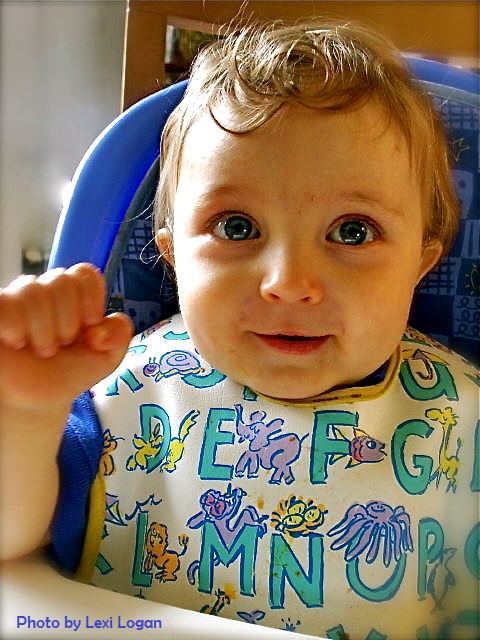
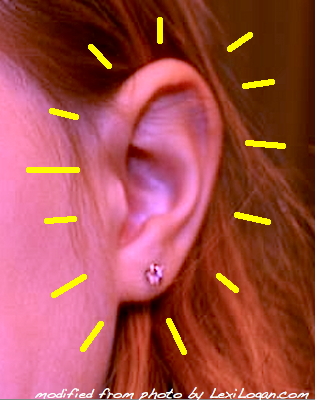 Does your child have an earache?
Does your child have an earache?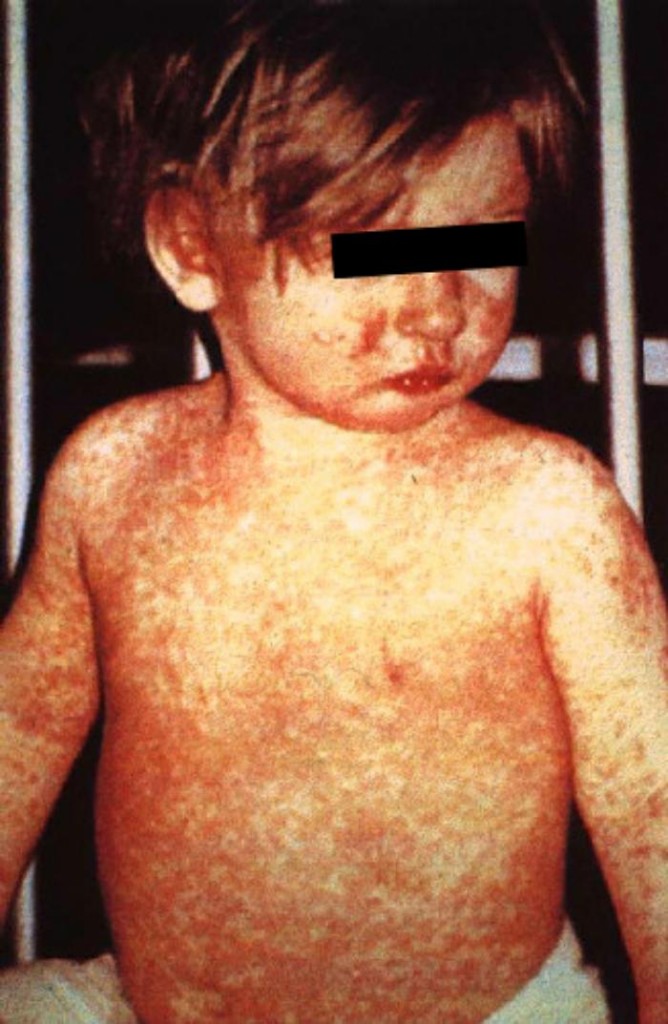
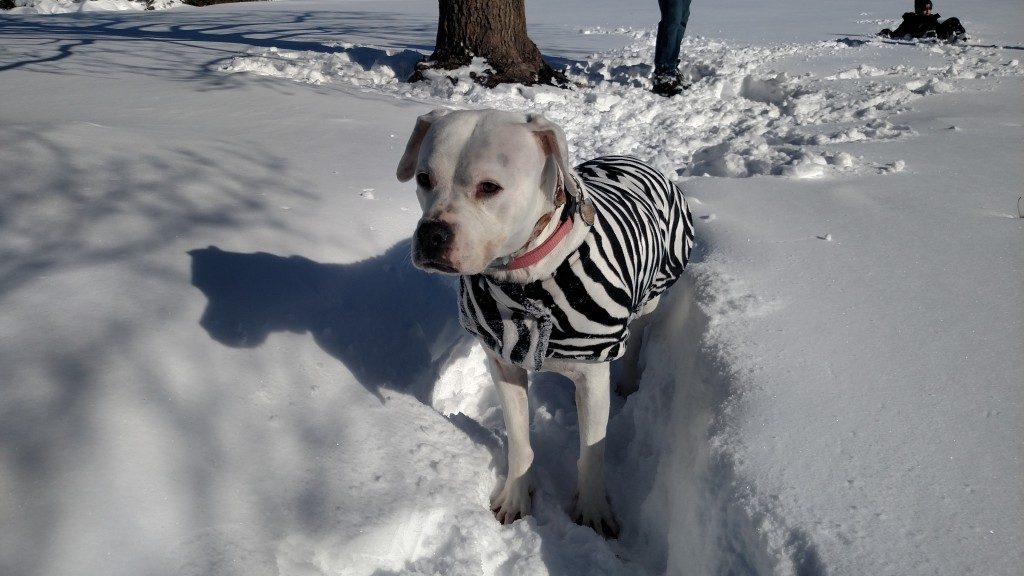
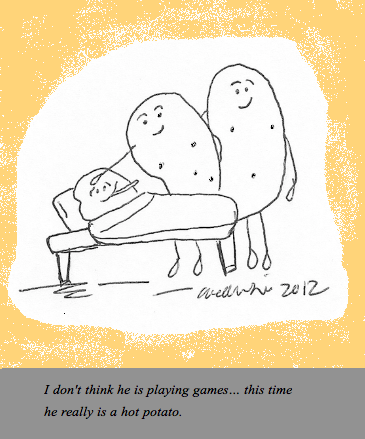
 In this busy, holiday time of year, you may find yourself dining out frequently with your toddler.
In this busy, holiday time of year, you may find yourself dining out frequently with your toddler. 